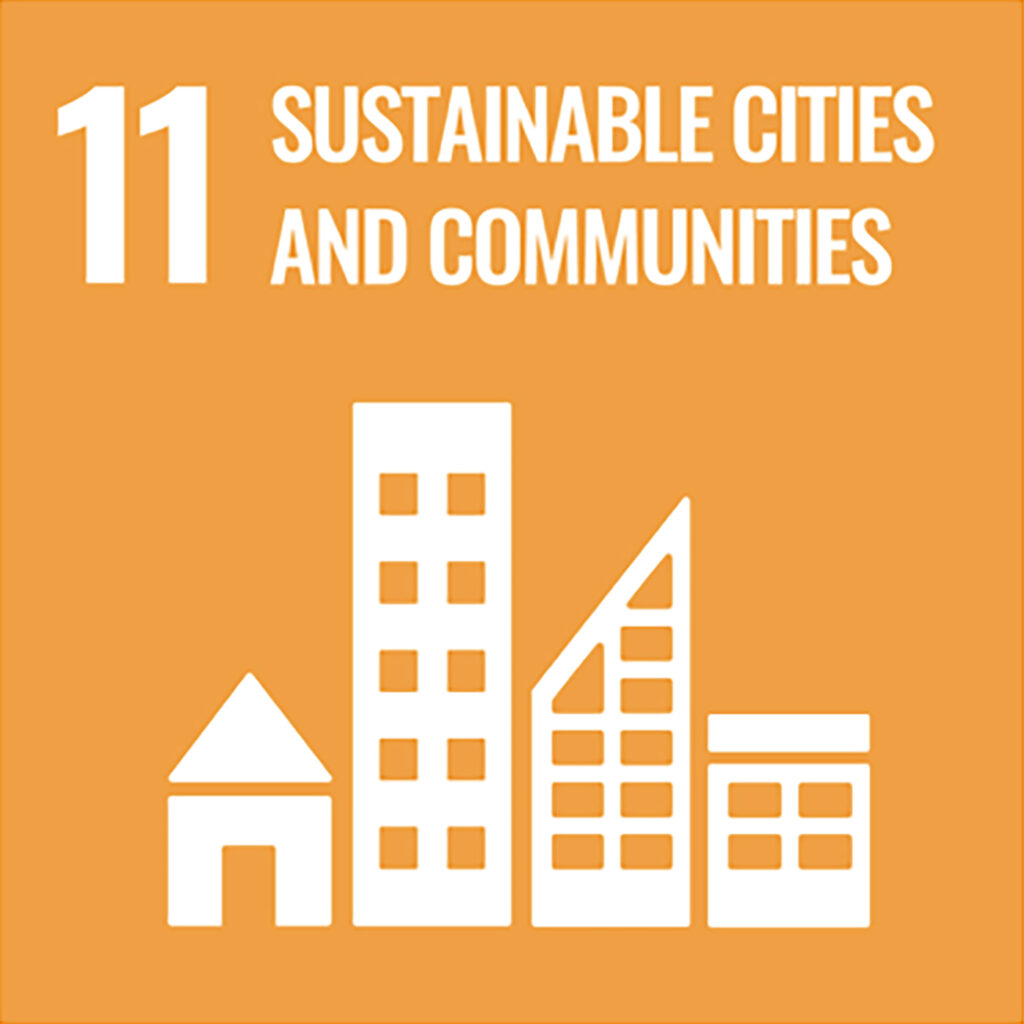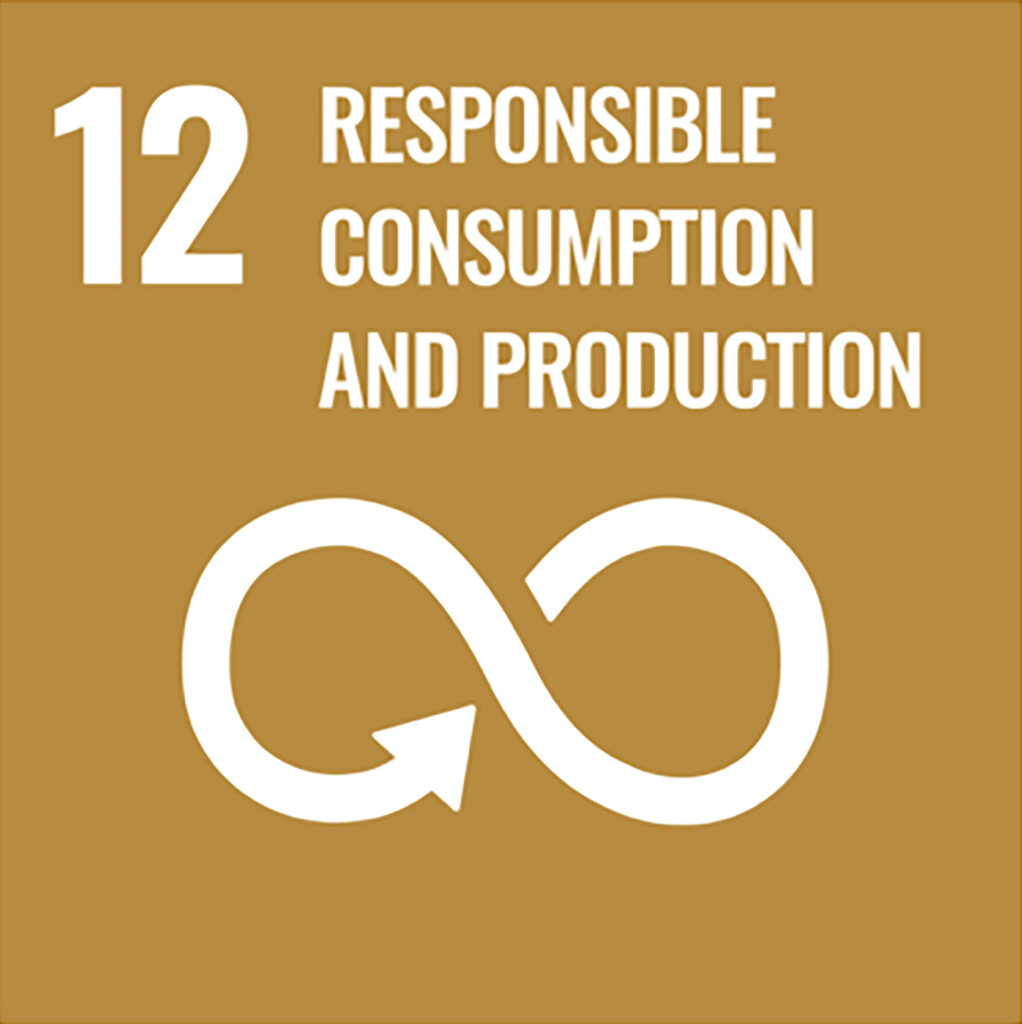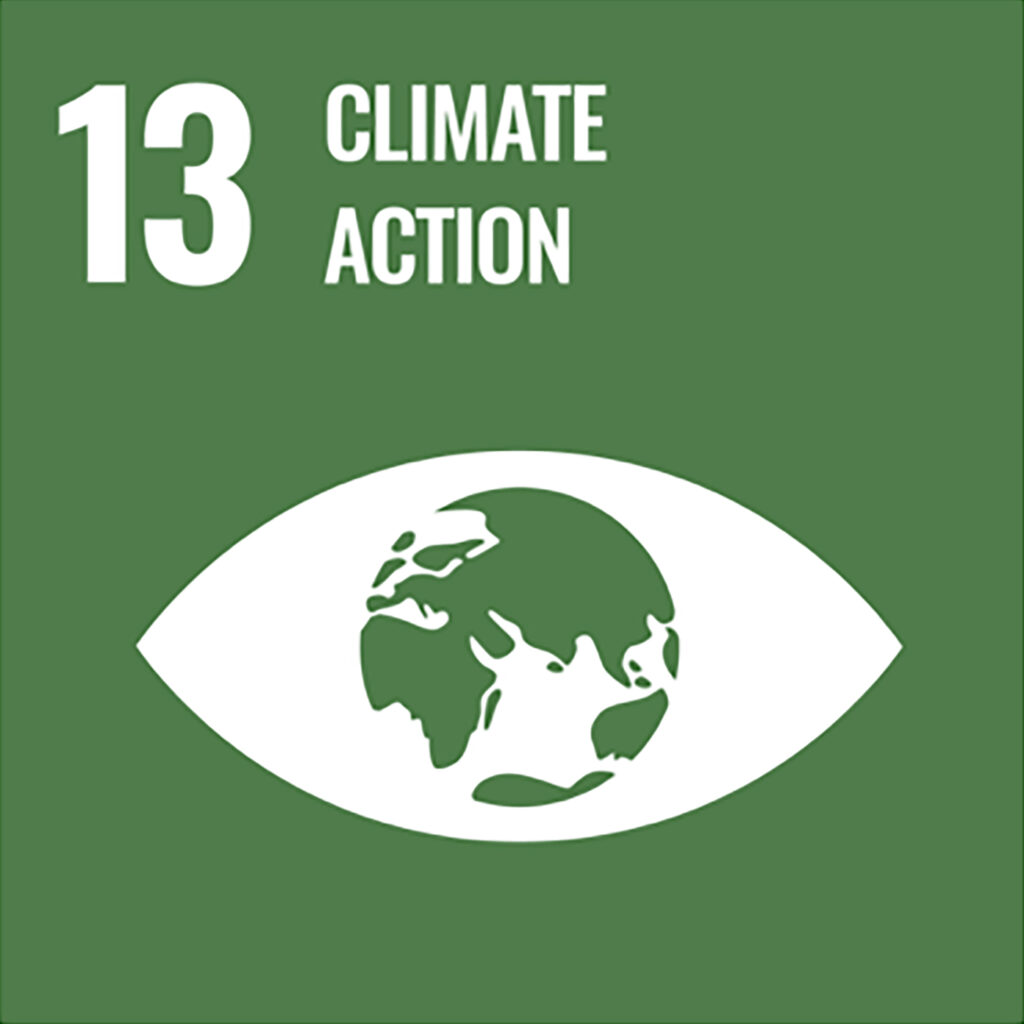Interview with Damla Yalçın
Beral Madra
You started your art career with painting, then produced works in textiles, and now you are making art in a biological-ecological field. Why and how do you establish the relationships between these fields?
I started my artistic career with a painting education. Over time, I realized that the conceptual framework I wanted to emphasize in my creative expression was becoming clearer through embroidery techniques, not painting. While my works are shaped by childhood, memory, and space, they differ in production. The new surface experiments I made in my production processes drew me to the field of textiles. During my master’s degree in textiles, I had the opportunity to explore biomaterials.
My introduction to biomaterials has particularly nurtured my relationship with SCOBY and fungi. I can define myself as a surface researcher. This process has expanded my interest beyond textiles to encompass the biological-ecological field. My thesis focuses on the importance of biomaterials used in textiles and art from a sustainability perspective.
These experiences enriched my productions with an interdisciplinary perspective. As a multidisciplinary artist, I realized the importance of building bridges between painting, textiles, and biological-ecological fields and creating a new and original form of expression. This balance I establish with nature and ecology in my productions is shaped not only by an aesthetic preference but also by a deep sense of responsibility.
Can you explain the production processes of the works you produce?
SCOBY, short for Symbiotic Colony of Bacteria and Yeasts, is the biomaterial I am interested in during the project. As the name suggests, it consists of bacteria and yeasts. This material, which I use by fermenting sugar and tea to produce a new surface, completes its growth process by reaching the thickness I want on the liquid surface within 2-3 weeks when the necessary conditions are provided. The balance of temperature and humidity in the environment is essential. I am pushing the limits of this material and researching and experimenting with different ways of production.
The project’s starting point is my relationship with space, which holds significant importance in my practice. I believe that we cannot perceive space as an empty container. We can talk about the space when experienced by an individual who actively senses and engages with it. Here, the sensation of space manifests itself in a direct sense of the body, meaning that it is felt with all the senses rather than being perceived only visually. In this case, the human’s perception of space with his/her senses and its diffusion into space and the organism’s (SCOBY’s) diffusion into its space are physically similar. In this direction, the SCOBYs that I grew in the containers I made from the sketches of my living spaces became the beginning of a new project.
This organism not only adapts its shape to the container it inhabits but also takes the tea color used. With each fermentation process, I experiment using various herbal teas. Once the SCOBY reaches the desired thickness, I allow it to dry. After drying, the material turns into a leather-like structure, and I can also apply embroidery to give texture and dimension to the surface.
The flexibility of this material for different production and expression needs reflects its potential to be used in many fields in the future. I believe that the experimental use of biomaterials in art raises awareness, albeit slowly, suggests creative ideas for future uses, and contributes to keeping the field up-to-date.
How did Gate 27 provide you an opportunity for this bio-art work you had already started?
Firstly, it provided me with a production space and enabled me to produce SCOBY on larger scales and quantities. This allowed me to dedicate focused time to a long-term project I had been working on in this period of my life. With my research, I have come up with new prescriptions. At the same time, I had the opportunity to work in an interdisciplinary way at Sabancı University, where I went to get support for the project technically, and I realized once again how important this way of working is. I asked Sabancı University Faculty of Engineering and Natural Sciences Faculty member Nur Mustafaoğlu and her students how we could move the SCOBY material to this area or intervene with the bacteria and yeasts in it. And we did various experimental studies. We did many experiments in a short time. Even though many of them failed, they opened new doors for me and shed light on the project’s further processes. In this process, the studies I carried out in the laboratory environment and the new techniques I learned will make themselves felt in my future work.
On the other hand, I had the opportunity to meet and get to know many people in the field of art. I got to know the sponsoring company, ORTA, and visited their production spaces. I was particularly impressed by the operation and sustainability policies of this company, which operates in Turkey, compared to other textile companies. Thanks to the production budget they allocated for my residency process, they enabled me to produce a work of a size that I had not produced before.
What are the characteristics of this multi-technique installation you realized for Gate 27?
As a space for interaction and experience, it allows us to understand the relationship between space and people. In this direction, this work, in which I construct a space within a space, was inspired and shaped by the sketch of Gate 27 in my eyes. The parts of the construction I created also bear traces of the elements of the building. I am currently questioning the relationship between human beings and space through the relationship between organisms. Therefore, I felt it would be more accurate to proceed through the layout of the space I lived in during the process. I brought together the fabric section that forms the installation’s walls by making a collage with SCOBY. In this way, I tried to show the coexistence and permeability of two different materials. I used the fabrics left over from ORTA’s production. On another wall, I created a color chart from SCOBY mushrooms that I produced in square form. I used different herbal teas in the fermentation liquid to obtain the colors. Throughout the whole process, I remained committed to employing entirely organic materials. Finally, I arranged Petri dishes containing the herbal teas used in production alongside dried SCOBY samples in diverse forms, inviting viewers to explore and engage with the materiality of the installation firsthand. In this work, which contains design and artistic elements, I tried to make an installation in which I could reflect on the research process I carried out during my stay.
How do you perceive the future of these works? Do you communicate with artists who produce bio-art like yourself? What sort of infrastructure is necessary in this field?
Biotechnology has become the main focus for many sectors today, with interdisciplinary studies and sustainability practices being more embraced in the sector. There is also increased environmental awareness and the need to protect nature. Within the “New Material” research scope, I believe that bio-based materials will offer future solutions to current problems with their properties, such as biodegradability and ethical production. In this context, today’s bio-based art and design works address the environment and nature, creating awareness and leading to new ways of thinking.
The increasing use of biomaterials in art allows artists to create organic and living forms. Therefore, it encourages new and experimental art practices focusing on the future and referring to a sustainable world.
I have not come across many works on bio-art in Turkey, but there are artists I know and follow. I think that biomaterials will find more place in the future of art, that the experimental results of design and art will mutually inspire each other with innovative approaches, and that it will be effective in helping artists and viewers establish a deeper relationship with nature and show more sensitivity to environmental problems.
I also hope that the training provided in academies will be interdepartmental or that departments such as biosciences will be opened where biomaterials can be researched and used in art and design. With the increase in interdisciplinary studies, I think that artists and designers will increasingly explore the potential in the field from many different disciplines. We can foresee that the transformation will take time, as the transformation processes, industry, and supply chain have different levels of complexity. Therefore, various sectoral and economic factors must be considered for biomaterials to be adopted in both the art and commercial worlds. When designers, artists, and several conscious manufacturers such as ORTA and global brands take more of an approach in this direction, an international awareness could be created.
Ensuring a more human-oriented, sustainable life for future generations depends on our ability to design more innovative, use resources more efficiently, create sustainable production processes, and gain strong consumer awareness. I believe that the most critical factor in achieving all of this is to change the way we think in the light of innovative work.




